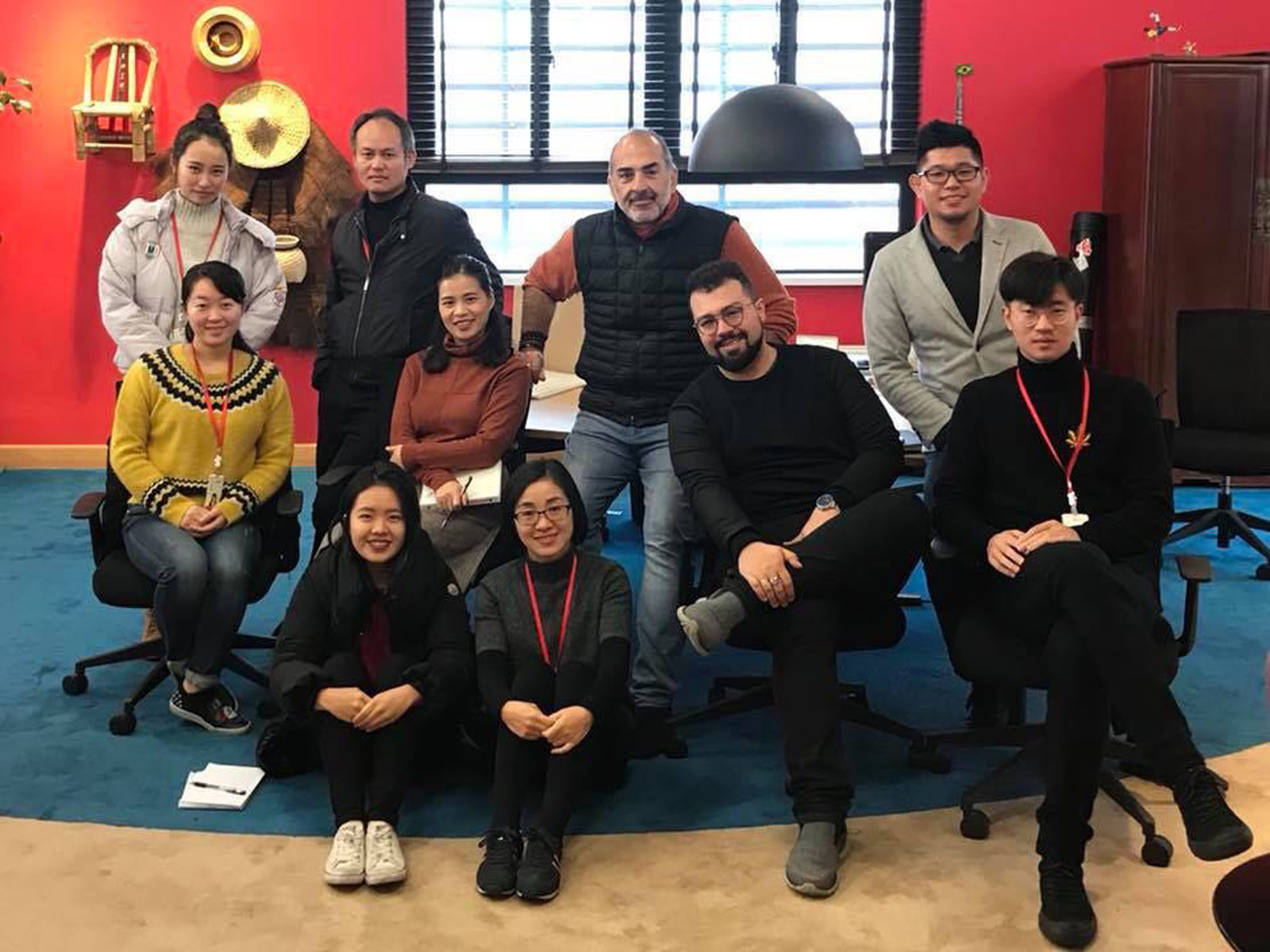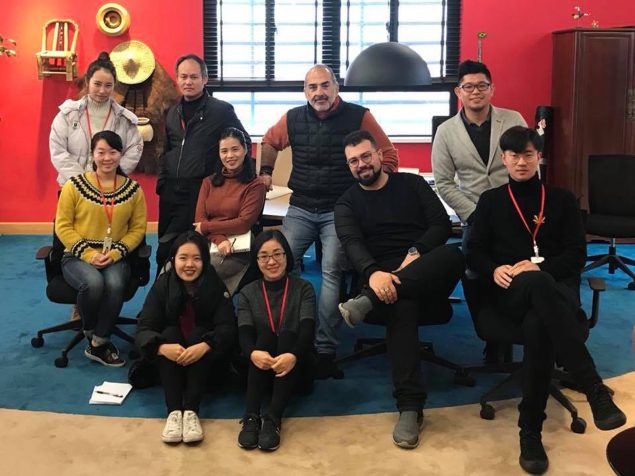
Architecture X Market: Designed by Brazil
There are few and rare compelling examples of Brazilian architects working abroad. National firms, mostly, have few episodes in their portfolios, resulting from contests, direct contacts or admirers. Examples of works disseminated across other continents are scarce, and the number of firms who have foreigners as employers is way lower – in most cases, they are Brazilians living abroad.

Today’s big names have gained ground in international awards – such as Márcio Kogan, FGMF and Arthur Casas –, which all have consolidated experience abroad. They are the portrait of Brazilian architecture “for export.”
Studio mk27 was awarded at the World Architecture Festival, by Architectural Review, AZ and Wallpaper Design Award, among several other outstanding awards. Today, it has more works in progress abroad than in Brazil, in countries such as Portugal, Spain, Vietnam, Malaysia and Bali. Kogan, the owner, is a professor at the Politecnico di Milano, and has lectured at the Royal Academy of Arts, AIA, Societé Française des Architects and at universities in several countries. It was when the English magazine Wallpaper first published his production, in 2008, that the interest in the works of his firm overflowed. Two years later, in 2010, the famous residence in Paraty, designed by him, was nominated house of the year by the British publication, further increasing the visibility of his studio’s production.

Arthur Casas, in turn, has a branch of his studio in New York, with works in the USA, Europe and Japan, in addition to being the designer of the Brazilian Pavilion at Milan Expo 2015 – a performance that is really consolidated abroad. FGMF, winner of Prix Versailles, promoted by Unesco, and the Monsoon Architecture Award (with Corujas building), in 2017, was responsible for a small urban intervention in Minsk, capital of Belarus, and has projects underway in Portugal and Ecuador. Adding to the recipe the number of national awards of the three firms, other foreign contractors will certainly come.

In addition to these examples, a less famous but rather emblematic case of how the Brazilian talent can be exported catches the eye: Fernando Brandão, whose studio became known for having designed Livraria Cultura’s store chain – the unit located at Conjunto Nacional, in São Paulo, thrilled none other than José Saramago – and the Brazilian pavilion at the World Expo in Shanghai, in 2010, he had such an intense experience in China that he was invited to be part of the faculty of the Beijing De Tao Masters Academy. On the other hand, he would have a Chinese branch of his firm implemented at the university.

He was the success of the Brazilian pavilion at the Expo – which hit a record audience of 2.6 million visitors – that ignited Brandão’s relationship with the Chinese. He realized that it was possible to work with the local workforce, that there was warmth on the eastern lands, and that his work there had gained a degree of recognition that we would hardly find here, where colleagues, in general, maintain the atmosphere of competition latent.
Several projects have come from his drawing board, usually on a large scale, for the Chinese audience: restaurants, mixed-use complexes, urban plans, schools and cultural centers. The architect began to be worshiped by the locals, giving crowded lectures and collecting prizes in the country.

The creativity and lightness of Brazilian architectural thought draws attention abroad, a fact known since Oscar Niemeyer, and which involves the recognition and recent awards of Paulo Mendes da Rocha. For those who understand that this is a possible and interesting path, boundaries are no longer a limitation for a quite some time now. Talent can also be exported.


